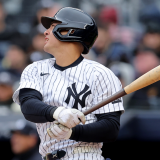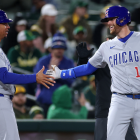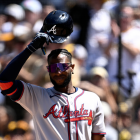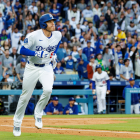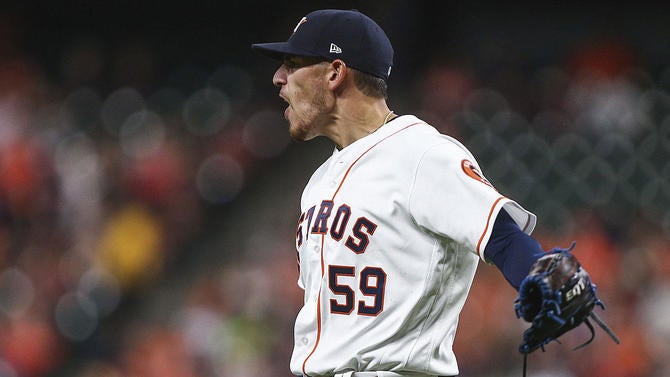
Bullpen hierarchy is a delicate thing. A manager should always have one pitcher that he trusts indiscriminately -- no matter the situation -- to come into the game and get a few key outs. For the Astros' A.J. Hinch, Joe Musgrove has evolved into that pitcher. Musgrove was a middle of the road starter for the Astros since he came into the fold in 2016. After a rocky 2017 start, Musgrove suffered an injury that sent him to the DL at the end of May. When he came back, Musgrove struggled until mid-July. After a loss to the Twins, Hinch moved Musgrove to the bullpen.
At the time of the move, Musgrove had a 6.12 ERA and a record of 4-8. On an Astros staff that was pitching exceptionally well, this simply wasn't cutting it. For Hinch, however, he seemed to treat the move as less of a demotion and more of a change-of-pace for the young dealer. Musgrove missed a week between his final start and his first bullpen stint, but he got consistent looks out of the bullpen and started appearing more and more as the season wore on. He saw three appearances in the back half of July, before getting the ball 11 times in August and nine times in September. In the Astros series against the Red Sox, Musgrove has gotten time in both Games 1 & 3.
As a starter, Musgrove's WHIP was 1.5128 at the time of the move. He looked uncomfortable, and although he was going relatively deep in games, he didn't seem confident in his starts. After the move, Musgrove looked a new pitcher. Coming out of the bullpen, Musgrove went 2-0 with three saves and five holds. The only position he remotely seemed to struggle in was as a closer -- blowing two saves. His WHIP fell to 0.8682 and his ERA dropped to 1.44. Although he was most frequently used a setup man, there was an occasion in which Musgrove came in in the fourth, and a few others where he pitched in the sixth.
Musgrove's improvement was immediate and apparent -- and Hinch took notice. He went from putting Musgrove into blowouts to get him experience to putting him in hold or save situations after three appearances. The 24-year-old dealer has seen two appearances against the Red Sox, going two innings and giving up two runs (both appearances were in blowouts). However, Hinch's confidence in the young pitcher has clearly increased exponentially as the season has gone on, and he could be an invaluable utility pitcher as the postseason wears on.
The approach Hinch has taken with Musgrove is actually following that of another wildly successful reliever: Indians' setup ace Andrew Miller. Miller was a struggling starter for the front half of his career, getting 66 starts from 2006-2011. Miller went 21-29 in those starts, with a 5.79 ERA. After 2011, Bobby Valentine moved Miller to the bullpen full-time for the Red Sox. Miller didn't start as a completely dominant force, but he quickly evolved into one. His ERA since 2012 is 1.92, and he is now one of most dominant setup men in baseball.
The key distinction between Musgrove and Miller is the pitch repertoire and how the moves affected them. For Miller, the move allowed him to become a fastball-slider pitcher. Two pitch pitchers are rare, but when they appear effectively they're lethal. Musgrove is a ground-ball pitcher that is reliant on his breaking pitches. His change-up has incredible movement, and his sinker and curveball don't produce a ton of strikeouts but do generate easy outs. He isn't a punch-out guy by any means, but his control -- even when he's struggling -- is extremely impressive.
Musgrove may not become Andrew Miller, but the idea remains the same. Take a pitcher that's struggling in the rotation, and give them a new normal. It's worked in the early stages, and it was done much earlier in Musgrove's career than it was done for Miller. Perhaps this will also help Musgrove in his adjustment to being a career reliever -- but so far the move has paid dividends for Hinch and the Astros.
![[object Object] Logo](https://sportshub.cbsistatic.com/i/2020/04/22/e9ceb731-8b3f-4c60-98fe-090ab66a2997/screen-shot-2020-04-22-at-11-04-56-am.png)







